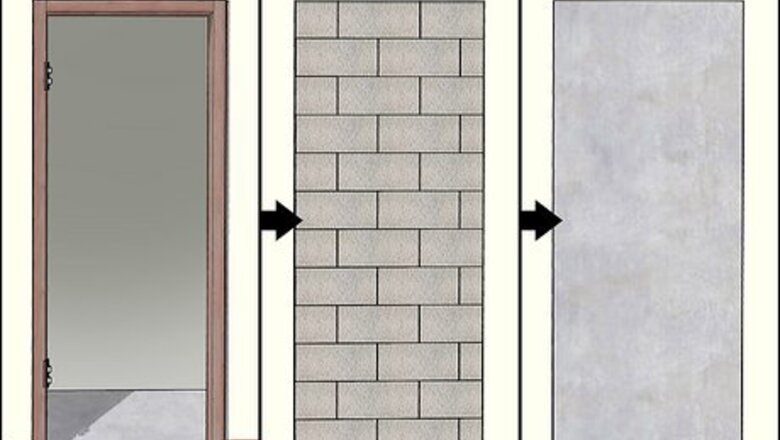
views
How do you fill a doorway?
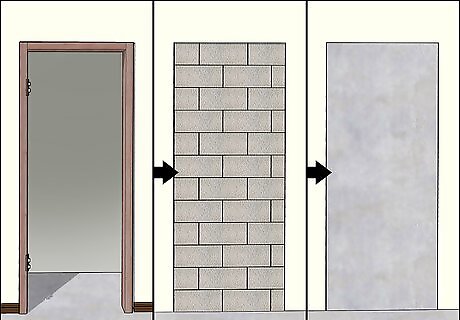
You can block up the doorway. There are many different reasons for wanting to fill a doorway, such as moving the door from one part of the wall to another or sealing off a door that you no longer need. Whatever your reasons, the simplest and perhaps the most effective way to fill an external doorway is to block it off with cinderblock or concrete blocks.
How do you install an exterior door block wall?
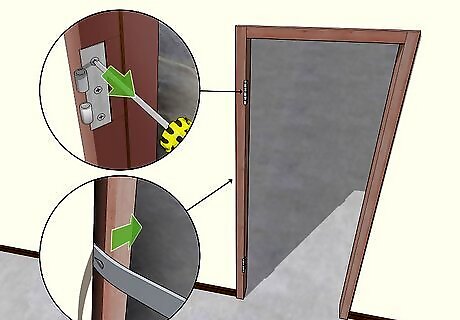
First, you need to remove the door frame. Start by removing the hinges and taking off the door if you haven’t already. Saw through the jambs until the saw reaches but doesn’t touch the actual wall. Then, use a chisel or a crowbar to pry off the jambs. Once the jambs are removed, use your chisel or crowbar to pry off the wooden frame so you’re left with a clean opening in your wall. Don’t try to block up the doorway without removing the frame or your wall won’t be as strong.
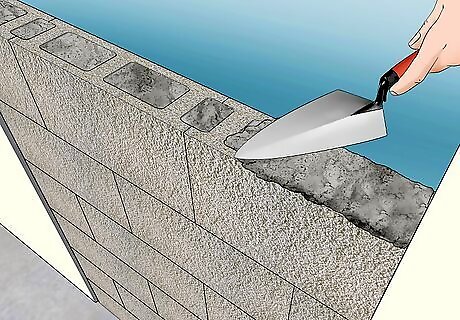
Stack cinderblocks in the opening with frame ties between each row. Cinderblocks are relatively lightweight, strong, and cheap. Install the bottom row of blocks and then screw frame ties to the walls just above the row of blocks and stack another row of blocks on top. Continue stacking blocks and installing frame ties between each layer so your blocks are also supported by the surrounding wall. Use a timber saw to cut any blocks to size.
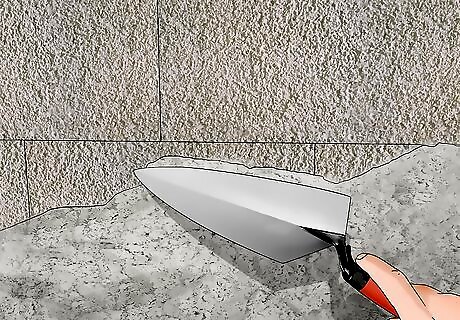
Plaster over the block wall for a smooth finish. Mix your plaster in a bucket and use a hand trowel to spread it over both sides of your block wall to form a base coat. Allow the first layer to dry and then apply a second layer, known as the skim plaster. Make the second layer thick enough so it’s even with the surrounding wall. Allow the plaster to fully dry and harden. Follow the mixing directions on the packaging of the plaster. Check the packaging of the plaster for specific drying and curing times.
How many blocks do I need to use?
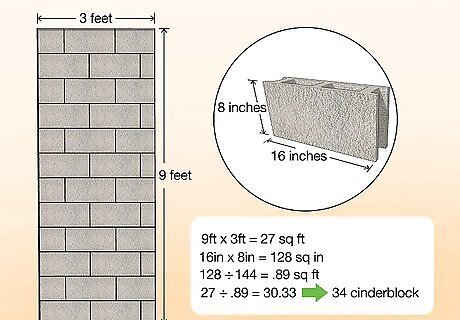
You can divide the wall square footage by the block square footage. Measure the opening of the doorway and multiply the width by the height to get your square footage. Then, measure the width and height of your blocks, multiply the values together and divide them by 144 to get their square footage. Once you have both values, you can divide the wall square footage by the block square footage to figure out how many blocks you need to fill the space. The standard cinderblock is 16 inches (41 cm) wide by 8 inches (20 cm) high. For example, if your wall is 3 feet (0.91 m) wide and 9 feet (2.7 m) high, then you’d multiply them together to get 27 square feet (2.5 m). If you’re using a standard cinderblock, then your block measurements are 16 inches (41 cm) wide by 8 inches (20 cm) high. Multiply those values together to get 128 inches (330 cm), which you then divide by 144 to get .89 square feet (0.083 m). Finally, divide 27 square feet (2.5 m) by .89 square feet (0.083 m) to get 30.33, which you could round up to get 34 cinderblocks. You can also use an online block calculator at: https://www.inchcalculator.com/concrete-block-calculator/
Do I need a permit to block up an external door?
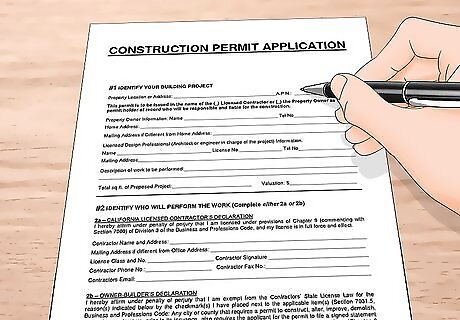
Yes, many locations require a permit for exterior door replacements. However, the regulations can vary from location to location. Plus, your neighborhood association may have its own regulations that you need to adhere to. It’s always better to be safe than sorry. Before you start blocking up your door, look up the local rules and regulations regarding building permits as well as the bylaws of any neighborhood associations that you’re a part of to see if you need to obtain special permission. If you’re required to get a permit but you choose not to, you could face a hefty fine.
How much does it cost to close up a doorway?
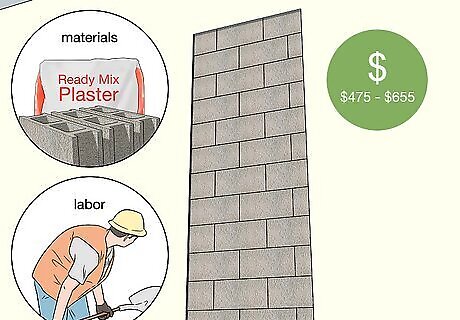
Usually between $475-$655 USD. Of course, the cost can vary depending on the size of your doorway and how many blocks it takes to fill it in. If you do the project yourself, you can save on some labor costs, but if you choose to hire a professional, you’ll have to pay more to cover their costs. Additionally, you may need to pay for special permits, which could also drive up the cost.

















Comments
0 comment